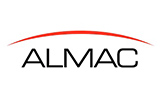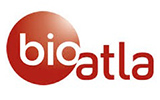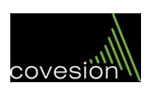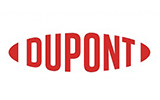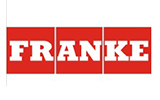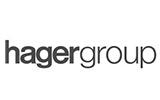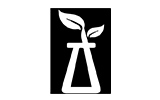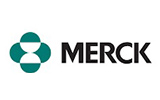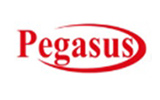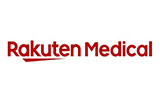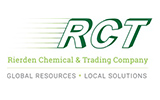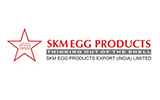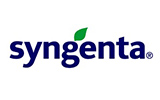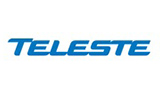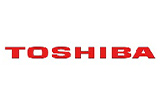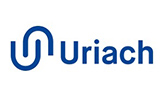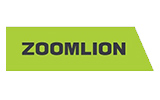1. Research Framework
1.1. Research Objective
1.2. Product Overview
1.3. Market Segmentation
2. Executive Summary
3. United States Building Automation System Market Insights
3.1. Industry Value Chain Analysis
3.2. DROC Analysis
3.2.1. Growth Drivers
3.2.1.1. Increasing Energy Efficiency Demands
3.2.1.2. Advancements in Technology
3.2.1.3. Rising Demand for Enhanced Security
3.2.2. Restraints
3.2.2.1. High Initial Investment
3.2.2.2. Complex Installation and Integration
3.2.3. Opportunities
3.2.3.1. Improved Occupant Comfort and Productivity
3.2.3.2. Growing Urbanization and Smart Cities Initiatives
3.2.4. Challenges
3.2.4.1. Cybersecurity Concerns
3.2.4.2. Interoperability Issues
3.3. Technological Advancements/Recent Developments
3.4. Regulatory Framework
3.5. Porter's Five Forces Analysis
3.5.1. Bargaining Power of Suppliers
3.5.2. Bargaining Power of Buyers
3.5.3. Threat of New Entrants
3.5.4. Threat of Substitutes
3.5.5. Intensity of Rivalry
4. United States Building Automation System Market Marketing Strategies
5. United States Building Automation System Market Overview
5.1. Market Size & Forecast, 2025-2033
5.1.1. By Value (USD Million)
5.2. Market Share & Forecast
5.2.1. By Offering
5.2.1.1. Facility Management Systems
5.2.1.2. Security & Access Controls
5.2.1.3. Fire Protection Systems
5.2.1.4. Building Energy Management Software
5.2.1.5. BAS Service
5.2.1.6. Others
5.2.2. By Communication Technology
5.2.2.1. Wireless Technologies
5.2.2.2. Wired Technologies
5.2.3. By Application
5.2.3.1. Residential
5.2.3.2. Commercial
5.2.3.3. Industrial
6. Competitive Landscape
6.1. List of Key Players and Their Offerings
6.2. United States Building Automation System Company Market Share Analysis, 2023
6.3. Competitive Benchmarking, By Operating Parameters
6.4. Key Strategic Developments (Mergers, Acquisitions, Partnerships, etc.)
7. Impact of Escalating Geopolitical Tensions on United States Building Automation System Market
8. Company Profiles (Company Overview, Financial Matrix, Competitive Landscape, Key Personnel, Key Competitors, Contact Address, Strategic Outlook, and SWOT Analysis)
8.1. Honeywell Building Solutions
8.2. Johnson Controls
8.3. Siemens Building Technologies
8.4. Schneider Electric
8.5. ABB
8.6. Delta Controls
8.7. Automated Logic Corporation (ALC)
8.8. Carrier Corporation
8.9. Beckhoff Automation
8.10. Emerson Electric Co
8.11. Other Prominent Players
9. Key Strategic Recommendations
10. Research Methodology
10.1. Qualitative Research
10.1.1. Primary & Secondary Research
10.2. Quantitative Research
10.3. Market Breakdown & Data Triangulation
10.3.1. Secondary Research
10.3.2. Primary Research
10.4. Breakdown of Primary Research Respondents, By Country
10.5. Assumptions & Limitations
*Financial information of non-listed companies can be provided as per availability.
**The segmentation and the companies are subject to modifications based on in-depth secondary research for the final deliverable


